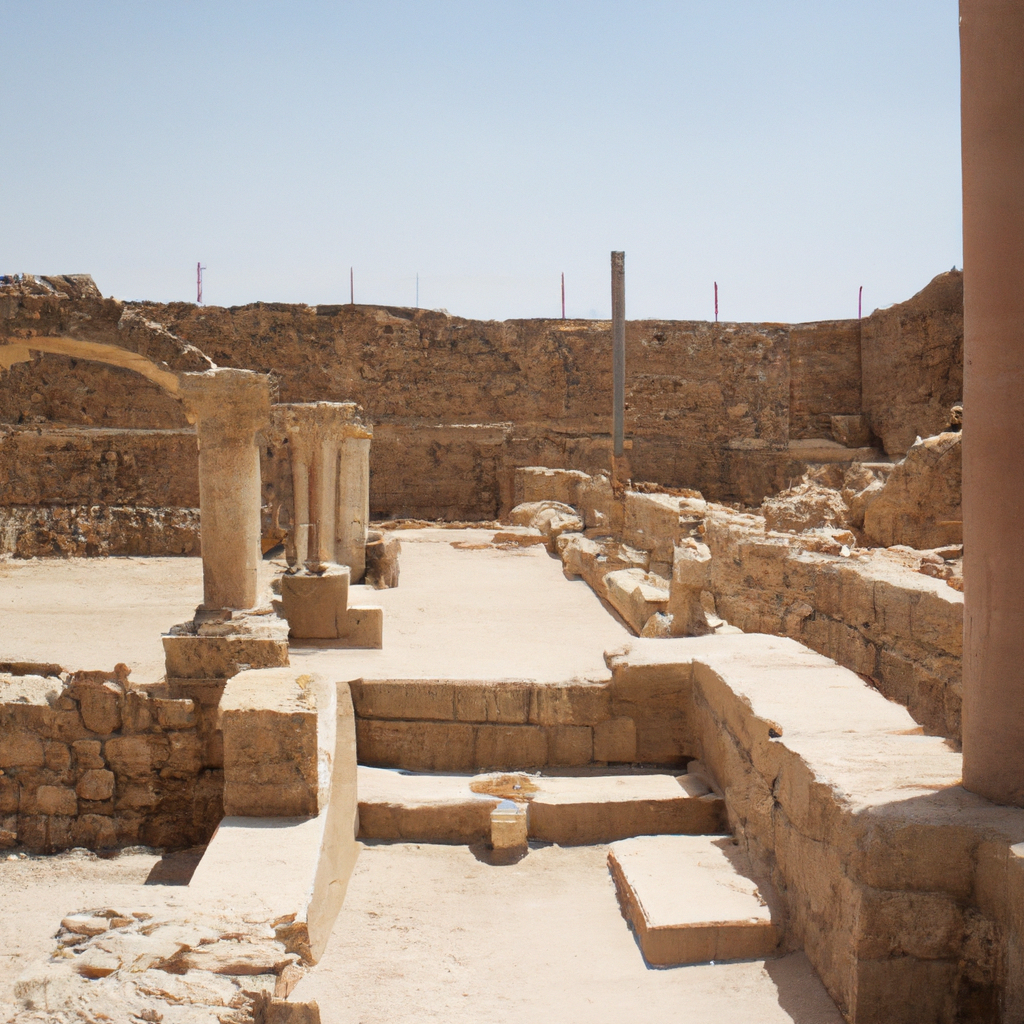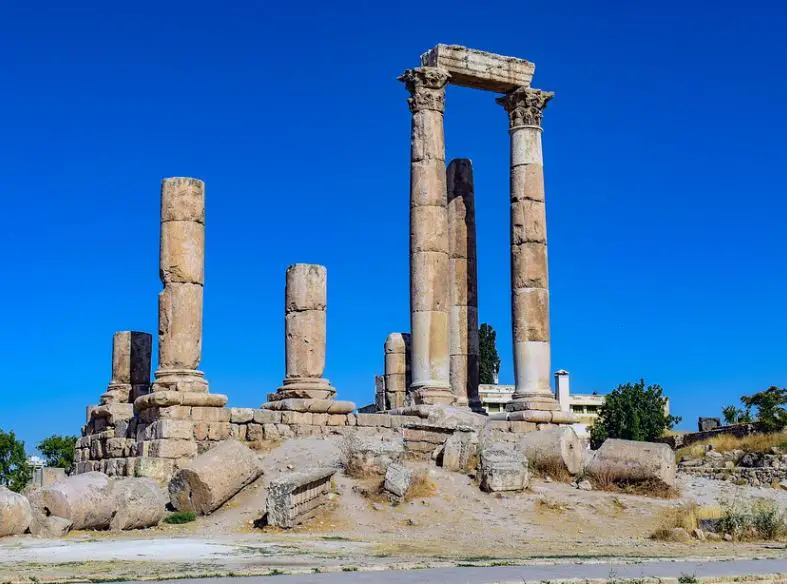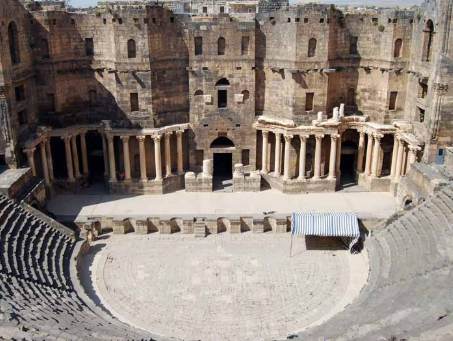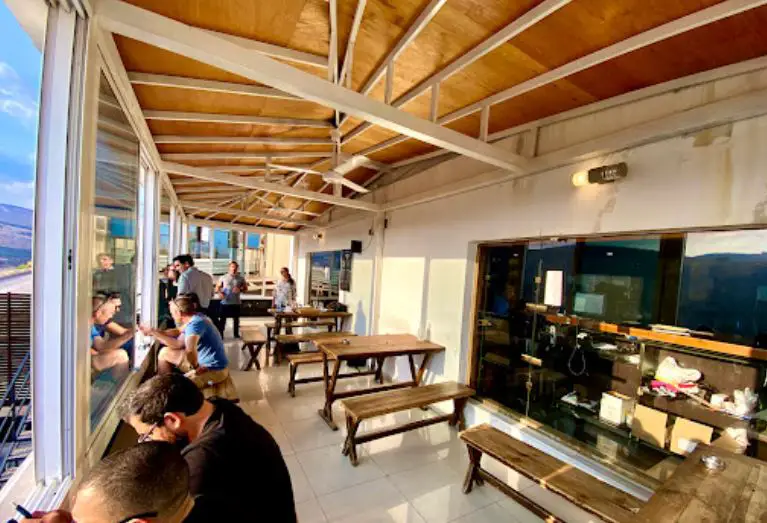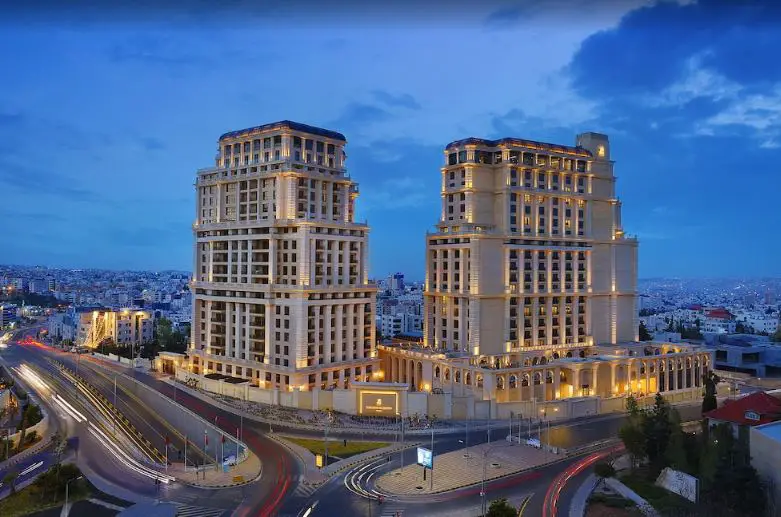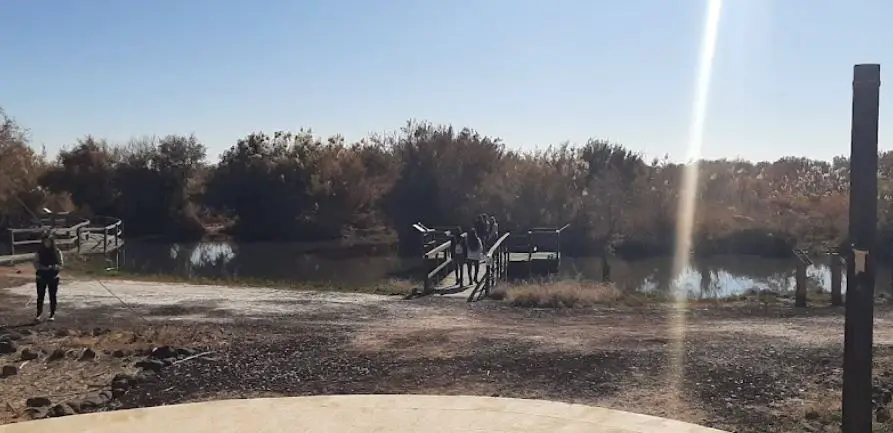Petra - Ancient Nabatean city In Jordan: Overview,Prominent Features,History,Interesting facts
Overview:
: Petra is an ancient city located in Jordan and one of the world’s greatest archaeological sites. It is an astonishing feat of human engineering with impressive carved architecture, monuments and tombs dating back to the late 4th century BC. Petra was once home to a vibrant trading post of the ancient civilisation of Nabataeans and was transformed into the modern-day symbol of Jordan. Petra is a UNESCO World Heritage Site and one of the ‘New Seven Wonders of the World’. As a centrepiece of cultural tourism in the country, it offers captivating views and a fascinating glimpse into its long and colourful history. You can learn history, culture, and heritage through these magnificent monuments in Jordan
Prominent Features:
1. The Treasury: This famous sandstone building, located at the entrance to the Siq canyon, is one of the most impressive sites at Petra. This has been used in many films including Indiana Jones and the Last Crusade. 2. Petra Theatre: Located to the north of the city, this theatre is carved out directly from the rock. It is one of the largest preserved theatres from ancient times and can seat up to 3,000 people. 3. The Monastery: Carved high into the mountain, the Monastery is the largest and most impressive monument at Petra. This was used as a temple and can be reached by climbing 800 rock-cut stairs. 4. Obelisk Tomb: Another impressive tomb, this was likely built for a high-status individual. It has four elegant sides and is decorated with intricate carvings. 5. The Siq Canyon: This narrow canyon was the main entrance to Petra. It is over one kilometer long and 15 meters wide at its narrowest point. 6. Ad-Deir: Otherwise known as the Monastary, this building is the second largest monument at Petra. It is carved out of the side of the mountain and is full of intricate carvings and sculptures. 7. Al Khazneh: Popularly known as the Treasury, this building is one of the most visited sites at Petra. It stands at 40 meters high and is completely carved out of sandstone. 8. The Colonnaded Street: This long street was likely the main street of the city. It is lined with columns and leads to the centre of the city. 9. Tombs of the Valley of the Kings: This was an area where Nabataean nobles were buried. There are many impressive tombs with intricate carvings and sculptures. This national monument of Jordan portrays the history and culture of the country.
History:
The history of Petra, located in modern-day Jordan, dates back to at least the sixth century BCE. It is believed that the city was founded during the late Bronze Age (about 1200 BCE), and it is associated with the Nabatean civilization, which flourished in the region from around the sixth century BCE to around the second century CE. The city of Petra became prominent as it served as the main trading hub of the region, due to its strategic location at the convergence of major trade routes. Trade with Mesopotamia and Egypt was especially important during this period, with Petra being a notable stopping point on the famous incense route. The city flourished under the Nabateans, becoming known for its elaborate architecture and monumental temple buildings. The city's iconic rock-hewn buildings, such as the Treasury and amphitheatre, were originally constructed around the first century CE. In around 106 CE, the Roman Empire conquered Petra and built a fortress, which they used to control the trade routes of the region. After the fall of the Roman Empire, the city entered a period of decline and was eventually abandoned in the seventh century CE. In 1812, the Swiss traveller Johann Ludwig Burckhardt rediscovered Petra and brought it to the attention of the Western world. The city was designated as a UNESCO World Heritage Site in 1985 and has since become a popular tourist attraction in Jordan. You must visit one of these historical places in Jordan on your Jordan tour
Interesting facts:
1. Petra was established around 312 BC by the Nabataean Arabs, a nomadic tribe who settled in the area and were adept at exploiting the available natural resources. 2. Built around the red sandstone outcrops in the Arabah Valley, Petra is known for its elaborate water systems that allowed the Nabataeans to develop an extensive trade network across the Middle East. 3. Petra was an important stop for caravans traveling the Incense Route connecting Europe and Arabia. 4. The ancient city was declared UNESCO World Heritage Site in 1985. 5. The Treasury, the most iconic and famous structure in Petra, served a burial chamber for important Nabataean leaders. In some ancient writings it was believed to contain Pharaoh’s treasure. 6. The Treasury building was never a royal palace or tomb, but rather a temple or shrine for the god Dushara. 7. Archaeologists have identified over 800 elaborated carved tombs carved out of the surrounding rock faces in Petra. 8. The city's ruins also feature numerous ancient monuments, including obelisks, temples, altars, colonnades, baths, and amphitheatres. 9. At the peak of its flourishing, Petra stretched for 3.5 square miles and may have had a population of 20,000. 10. Today, Petra is a destination for tourists, pilgrims, and archaeological excavations. Visit one of the famous monuments of Jordan with your friends and family.
Explore Jordan most popular tourist destination with us. Petra - Ancient Nabatean city In Jordan: Overview,Prominent Features,History,Interesting facts,which is 35.14 km away from Jordan main town, is the most popular destination to add in your travel wishlist.
-
City:
Jordan
- state:
-
country:
Jordan
-
country code:
JO
- postcode:
Location:
Jordan
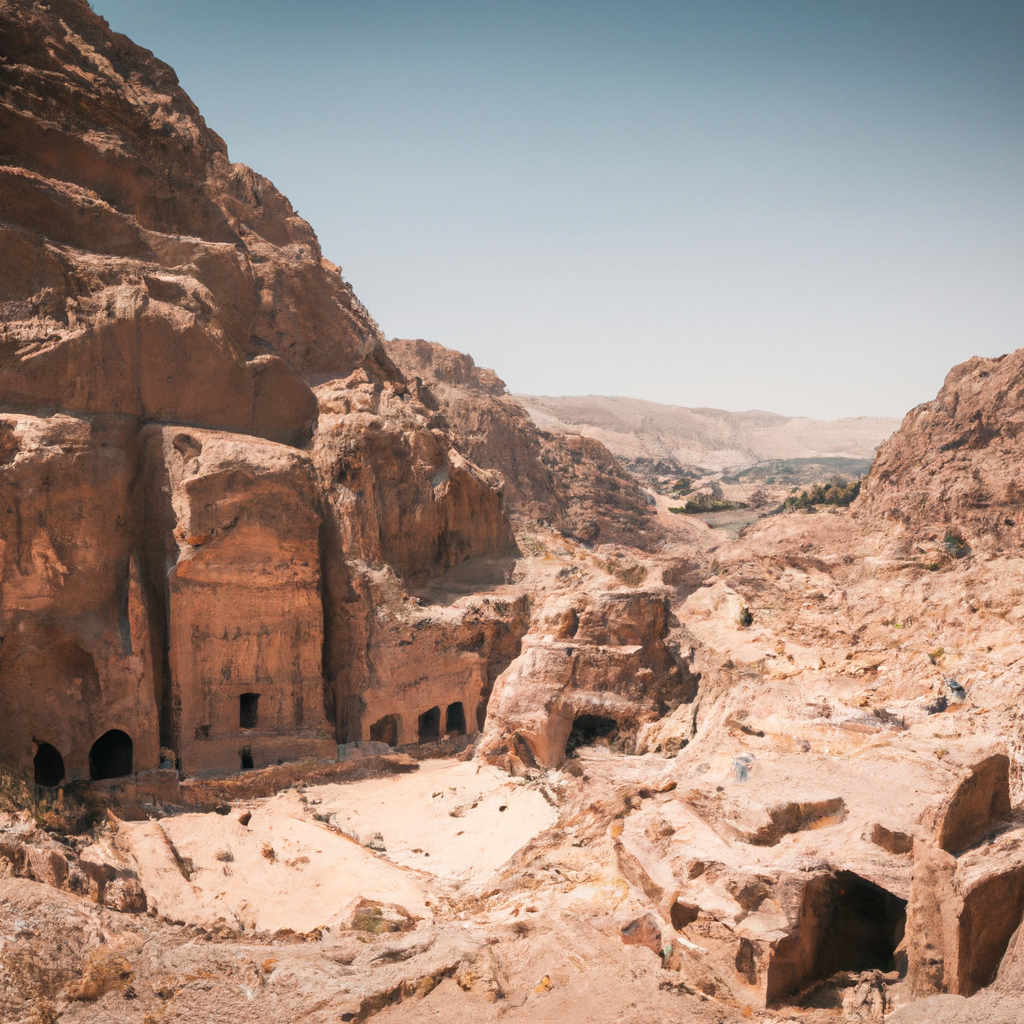


 In Jordan.png)

 In Jordan.png)
